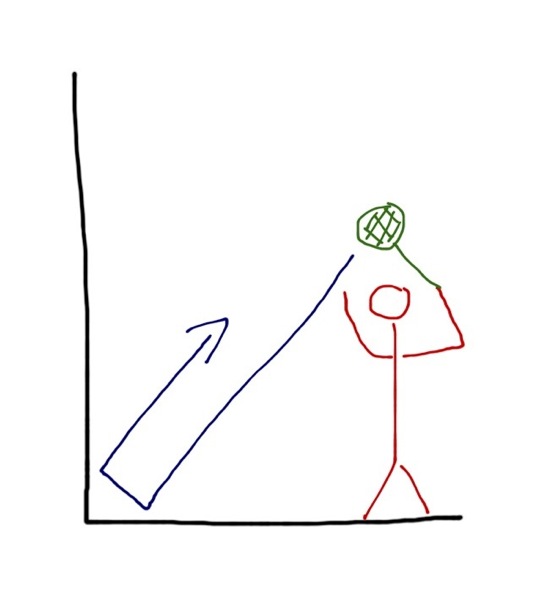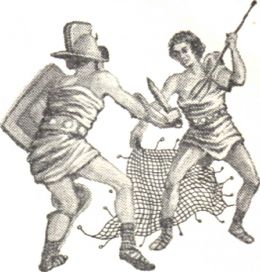Diminishing Returns
 Saturday, November 12, 2011 at 10:35PM
Saturday, November 12, 2011 at 10:35PM  CAtennis
CAtennis CAtennis.com is a big fan of the 10,000 hour rule. When one starts to think of kids who win at a young age, they are exposed to more matches, and invariably, stiffer competition. They are getting ahead of their lesser known peers at an early age, all because they are competing more. Without hard evidence to back up the claim, when looking at football quarterbacks for example, one could argue there are not that many gifted quarterbacks in college football. Why is that?
Simply, the kids who throw the most accurate at 10 years old in Pop Warner Football are the ones who are deemed quarterbacks. Everyone else is supposedly not skilled enough (more like, not strong enough) and is relegated to playing other positions such as wide receiver, running back, offensive line, etc. The kid who was a stud at 10, simply gets more reps, more touches, and has more game time experience. As the years pass, only a handful kids out of 50 get to be quarterback on any given team and develop as a quarterback, greatly decreasing the pool of applicants. So by the time high school and college rolls around, the GREAT ones are hard to come by. People start to scratch their heads when watching ESPN highlights how a quarterback can be so emotionally weak, make poor decisions, and not see the entire field. My point is 10,000 hours is not enough- it's only part of the equation.
There comes a point where an athlete hits the point of diminishing returns. Every hour on the court doesn't create the same value as it once did. Increases in performance are extremely hard to come by, sometimes even having the feeling of going nowhere or backwards. Sure you are putting in the time, but you aren't improving!
The reality is not everyone has the mojo upstairs (mind) to compete with the precision, consistency, and clutch-ness of a winner. Not everyone is wired to handle adversity (sure they might know all the proper technique, strategy, 10,000 hour rule, etc) and it doesn't quite work out the way you wished. The only thing the 10,000 hour rule guarantees is potentially a higher probability of getting the results you want. It doesn't guarantee winning because think of how many tennis players (literally hundreds to thousands) who spent 10,000 hours on the court.
What most lacked was the knack to win.
Once you reach this plateau in your tennis career (I'm talking to high level tennis players who have reached their technical capacity), this is the time to be smart about how you approach the game. Instead of slaving away at crosscourts for 5 hours in a row focusing on your technique, try to wrap your head around why are you losing.
- Are you getting too emotional at 2-1 down in the first set?
- Are you a rollercoaster mentally, getting too jacked up and too angry?
- Is your head in a pressure cooker about to explode everytime you make an error? You justify winning just because you put in the court-time?
Most people equate heavy training = more winning. Not necessarily. It doesn't guarantee anything and this can cause major issues when you face someone you feel you work harder than. Tennis nor life doesn't work that way. Until you grasp this concept, you will always be frustrated on the court and expecting more of yourself. Too high of expectations can make you insane the moment things don't work out as they should. Just be weary of the tricks your mind may play on you. Balance off the court can be a healthy thing (Nadal likes to fish)- downplaying high expectations.
10,000 hours only increases your probability of success (that might even be a stretch), but it doesn't guarantee success.
 Mental
Mental 



